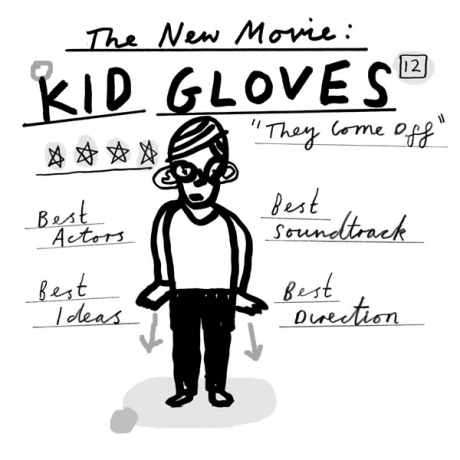First published on November 2011.
Some time back in the 1980s when I worked in a local education authority, I remember visiting a struggling boys’ school. I was shepherded down a dingy corridor to the room where the meeting was to take place. The paint on the ceiling peeled, the blinds hung off the wall, the desks were uneven and the few yellowing pieces of pupils’ work stuck to the walls (it seemed to cover some inexplicable stains) added to the post-apocalyptic feel of the place. I asked what was taught in the room. ‘Design’ was the answer. ‘That’s a great idea – you’re getting the pupils to redesign the room!’ I said. ‘No, we teach design here,’ came the reply. It was patiently explained to me that the exam curriculum was too full to fit in such strange ideas.
Fast forward 25 years and the world has changed immeasurably. The new technologies have put in young people’s hands the tools to create, develop and distribute their ideas, with an explosion in creative activity.
In the early days of the internet in schools, I became increasingly angry with bizarre phrases such as ‘delivering learning to the desktop’. As I (and others) ranted at the time, you can deliver letters, coal and Corona (showing my age), but you can’t ‘deliver’ learning. Just as the Plowden report in the 1960s had introduced the notion of ‘learning by doing’, the technology now afforded ‘learning by producing’; if you want young people to understand music, movies, mammals or the solar system, get them to make one. Perhaps not a real one in the last two cases, but the process of making and modelling in the external world where ideas can be discussed helps the learner construct their internal mental models.
So what about the teachers? Should they just get out of the way and let young people get on with it? No. I think teachers have at least two roles. Firstly, creative responses come from asking great questions. One slightly gruesome one I used in a maths lesson was ‘if we drained all the blood from all the people in the world and poured it into the sea, by how much would the sea level go up?’ Even though the answer (a salutary reminder of the scale of things) is fixed, in the days before the internet gave immediate answers, the children had to come up with creative ways of estimating the world’s population and the area of the earth which is covered in water.
Secondly, teachers can act as a critical friend, challenging ideas and pointing them to ways of doing things that may be outside the young people’s immediate experience. They can help young people develop the theoretical underpinnings that drive up quality. A couple of years ago, my then eight-year-old and his friends were making a ‘scary’ movie using a lowcost digital video camera. Some of their ideas were simply brilliant, but every scene looked the same. Even though they had direct experience of watching scenes shot from the point of view of the monster or the hero, the technique hadn’t registered and they hadn’t used it in their own video. We looked at a few examples from films they liked and games they played, and they worked out how to manipulate the camera to get the effect they wanted. After a few weeks, my son was pointing out that the effect was overused and we started talking about how even the most exciting techniques and ideas can become clichés with overuse.
Thirdly, whatever anyone says, creativity can be taught; by which I mean it is possible to help someone become more creative than they were by teaching them some relatively straightforward techniques.
But we can’t expect teachers to help young people develop their creativity if we don’t recognise and support teachers’ own creative impulses. The stultifying environment I described at the start of this piece had sapped the creativity from the teacher just as much as it had de-motivated the learners. The good news, of course, is that the great technology tools that are transforming the way ideas and products are created, developed and distributed are also available to teachers. Even as we speak, thousands of teachers are creating their own resources and sharing them across the globe. Through the power of the technology, they are reaching global audiences. Perhaps we should find a way of celebrating this new form of celebrity.
 Creativity Money Love: Learning for the 21st Century by Creative & Cultural Skills is licensed under a Creative Commons Attribution-NonCommercial-NoDerivs 3.0 Unported License.
Creativity Money Love: Learning for the 21st Century by Creative & Cultural Skills is licensed under a Creative Commons Attribution-NonCommercial-NoDerivs 3.0 Unported License.
Illustrations by Paul Davis - http://copyrightdavis.blogspot.com/


